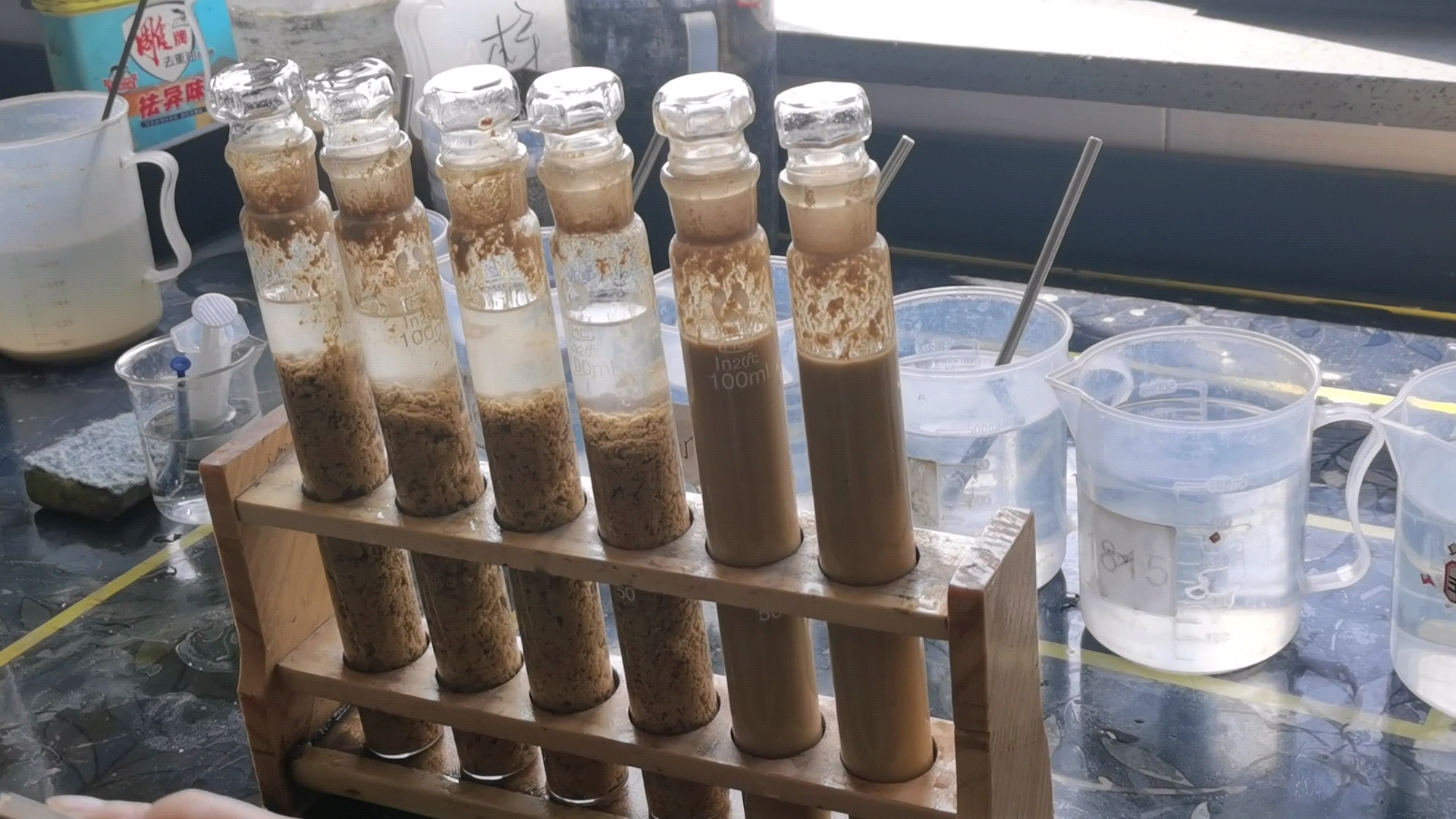Reasons Why Polyacrylamide Is Not Effective in Electroplating Wastewater Treatment
The reasons why polyacrylamide is not effective in electroplating wastewater treatment are as follows:
(1) Impurity components in water The uneven size of impurity particles in water is beneficial to coagulation, while small and uniform impurity particles will lead to poor coagulation effect. Too low concentration of impurity particles is often detrimental to coagulation. At this time, refluxing sediment or adding coagulant aids can improve the coagulation effect. When the impurity particles in the water contain a large amount of organic matter, the coagulation effect will become worse, and it is necessary to increase the dosage or add agents such as oxidants to aid coagulation. Calcium and magnesium ions, sulfide and phosphide in water are generally beneficial to coagulation, while certain anions and surface active substances have adverse effects on coagulation.
(2) Types of flocculants The selection of flocculants mainly depends on the nature and concentration of colloids and suspended solids in the water. If the pollutants in the water are mainly in a colloidal state, inorganic flocculants should be used to destabilize and coagulate them. If the flocs are small, polymer flocculants or coagulants such as activated silica gel need to be used in combination. In many cases, the combined use of inorganic flocculants and polymer flocculants can significantly improve the coagulation effect and expand the scope of application. For polymers, the greater the charge on the chain molecules, the higher the charge density, the more fully the chain can stretch, the wider the scope of adsorption and bridging, and the better the coagulation effect will be.
(3) Flocculant dosage When coagulation is used to treat wastewater, there are flocculants and dosages, which are usually determined through experiments. Excessive dosage may cause colloid re-stabilization. Generally, the dosage range of ordinary iron salt and aluminum salt is 10~100mg/L, the dosage range of polymer salt is 1/2~1/3 of ordinary salt, and the dosage range of organic polymer flocculant is 1~5mg/L. .

(4) Flocculant dosage sequence When using multiple flocculants, the dosage sequence needs to be determined through experiments. Generally speaking, when inorganic flocculants and organic flocculants are used together, the inorganic flocculants should be added first, and then the organic flocculants. When dealing with impurity particle sizes above 50 μm, organic flocculants are first added to adsorb and bridge, and then inorganic flocculants are added to compress the electric double layer to destabilize the colloid.
(5) Hydraulic conditions In the mixing stage, the flocculant and water are required to be mixed quickly and evenly. In the reaction stage, it is necessary to create enough collision opportunities and good adsorption conditions to allow the flocs to have sufficient growth opportunities, and to prevent the formation of The small flocs are broken up, so the stirring intensity should be gradually reduced and the reaction time should be long enough.
